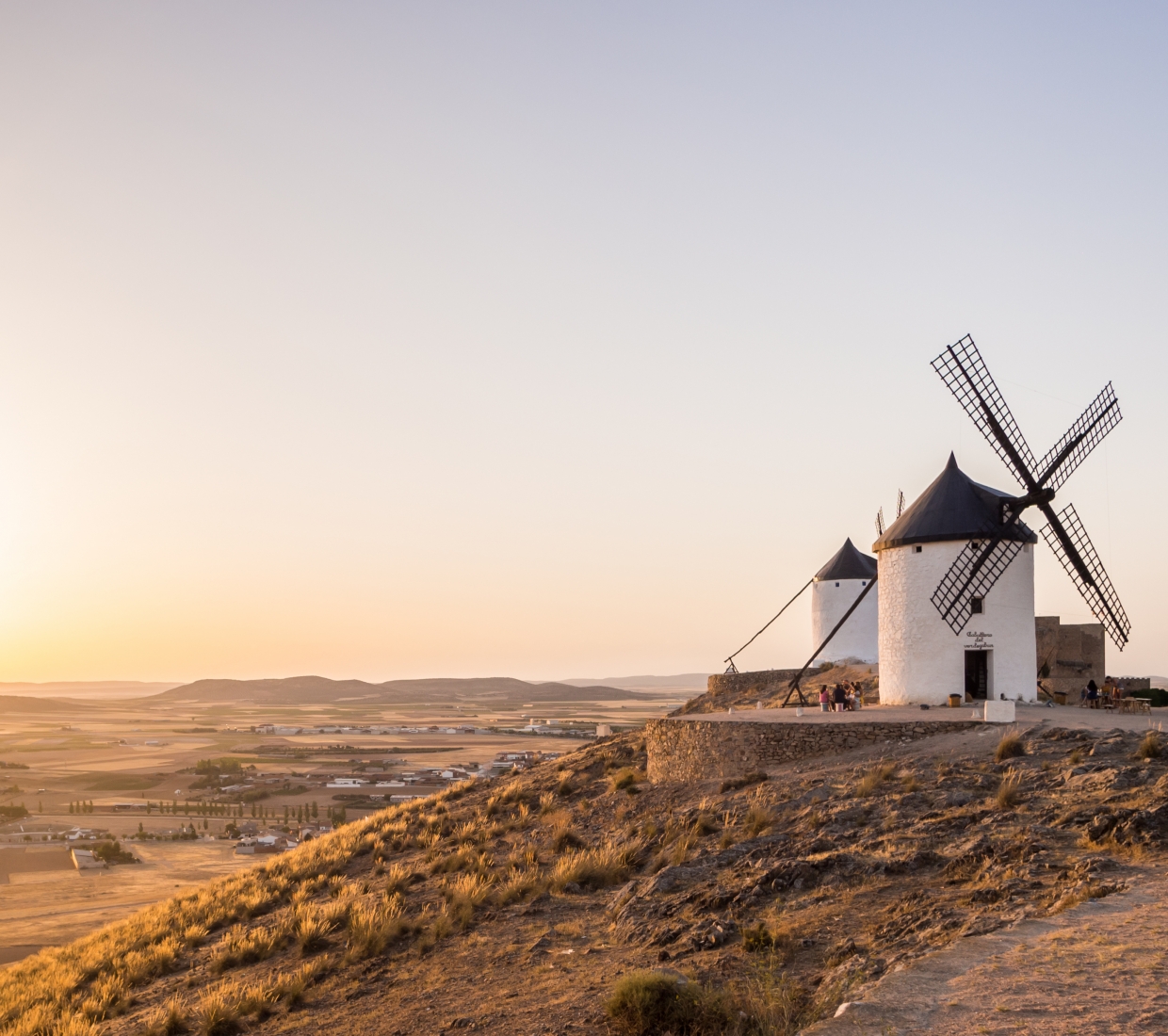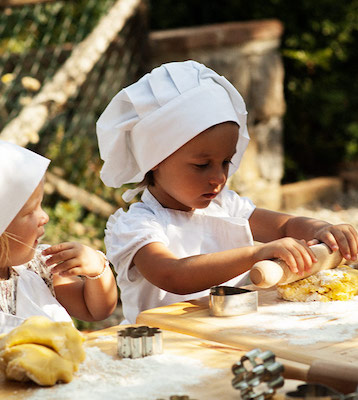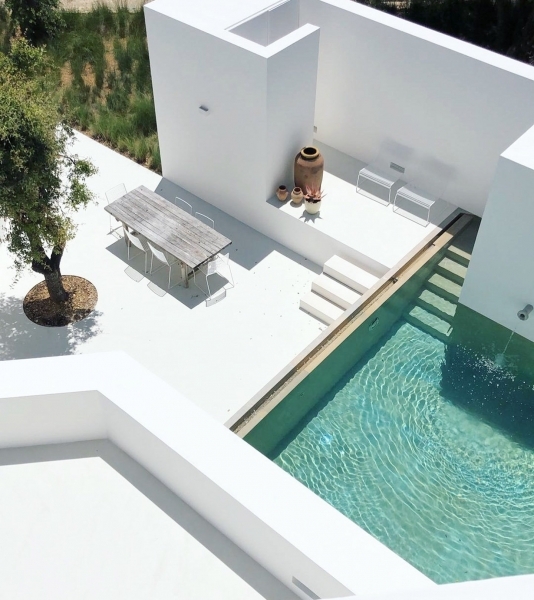Castilla-la-Mancha - symbol of Spanish culture
The very name Castilla-La Mancha instantly conjures up romantic visions of windmills and castles, as alluded to in the Miguel Cervantes masterpiece “Don Quixote de la Mancha”, the most widely printed book in the world after the Bible.
Many of those characteristic windmills Don Quixote “fought”, mistaking them for giants and armies, are still present to this day.
Castilla-La Mancha is located right at the very centre of Spain and dominated by a characteristically flat expanse known as the “Meseta”, but it also includes mountainous landscapes as well as some absolutely fascinating monumental towns such as the World Heritage city Toledo, Cuenca and Ciudad Real.
Castilla-la-Mancha hotels and country inns
Activities
For art lovers, and of El Greco in particular, a visit to Toledo is a must. Visit, for example, the House-cum-museum of El Greco where he painted many of his masterpieces. Many other "artistic jewels" await the visitor looking to become acquainted with the major world movements in art (Romanesque, Gothic, Renaissance, Baroque).
The Hospital de Tavera museum, for example (1542) includes a first-class collection of paintings, including Tintoretto, Ribera, Caravaggio and Lucas Jordán – and, of course, El Greco! This is also the land of Quixote, so fans of historical literature will not be disappointed and have many expanses and towns so indelibly portrayed by Cervantes to visit.
Follow, for example, the "Route of Don Quijote". Today you can still see many of those characteristic windmills that Don Quijote “fought off”. Other routes include the “Route of the black villages” (so called due to the use of slate in their traditional architecture) and the “Route of the Castles” amongst others.
Gastronomy
Much of the Castilla-la-Mancha’s cuisine is based on fresh produce and the abundant supply of game, both large and small. Dishes tend to be nourishing and strongly flavoured.
Typical cuisine include pisto manchego (ratatouille), migas (breadcrumbs fried in oil and garlic with diced ham, bacon and sausage), gazpacho de cazador (a variation of the Andalusian cold soup, with the garlic-flavoured base being garnished with diced cucumber), tortilla a la magra (ham omelette) and sopa castellana (consommé with egg and bread); meat dishes include partridge and quail casserole, venison, boar, caldereta de cordero (lamb stew), and cuchifrito (well-seasoned fricassee of kid or lamb).
Other tasty dishes include "atascaburras", especially good on very cold winter days and made with boiled potatoes, cod, oil and garnished with slices of hard boiled egg and nuts. Partridge, so abundant in the area, is served either in stew or with beans or cold. The "pisto manchego" and "salpicón" are two more dishes the area is famous for. Fine pastries include "flores manchegas", "delicias de Almansa" and "miguelitos de La Roda".
Our collections
Don’t know where to go? Let our collections inspire you.








